In Utah: Behind the Zion Curtain — (I can’t take credit)
I apologize for the radio silence. January was a trying month. Some friends rented our places in Sulmona to avoid being in the USofA to witness the events of January 20th and we treated them to an earthquake, a massive snowstorm and a nearby avalanche. They’re still talking to us, but it’s harrowing to hear these things from thousands of miles away and feel utterly helpless. Thankfully, our “Italian family” kicked into action and made a very enjoyable week for them, despite not being able to move their car for the duration. They even had to buy a snow shovel.
Then, of course, there was January 20th, about which I shall not speak here.
Early February found Tim and me and his mother in Park City, Utah, where we met up with his sister who had arranged for us to stay in her friend’s gorgeous condo in Deer Valley. Luxury. It took us two days to figure out how to turn on the showers (they were all different, with multiple showerheads in each one) and we’re still not really sure how the light switches work, but it’s the closest thing to an Architectural Digest-quality habitation that I’ll ever get to! Of course, while it was snowing like the dickens back East here, Utah received just a few inches of new stuff while were were there, and reached temps of nearly 50 degrees for most of the week. No. Climate. Change. Wait. What?

Off to the slopes with Fi!
There were many highlights to the trip, the biggest being that Tim got to celebrate his big “0” birthday the way he wanted to – on the slopes with his sister and niece (nephew was working). It’s not every day you get to ski with Olympians . . . He survived 17 runs in one day and was only mildly uncomfortable the next. Thank God for Aleve and hot tubs.
This area of the country is so beautiful that it’s 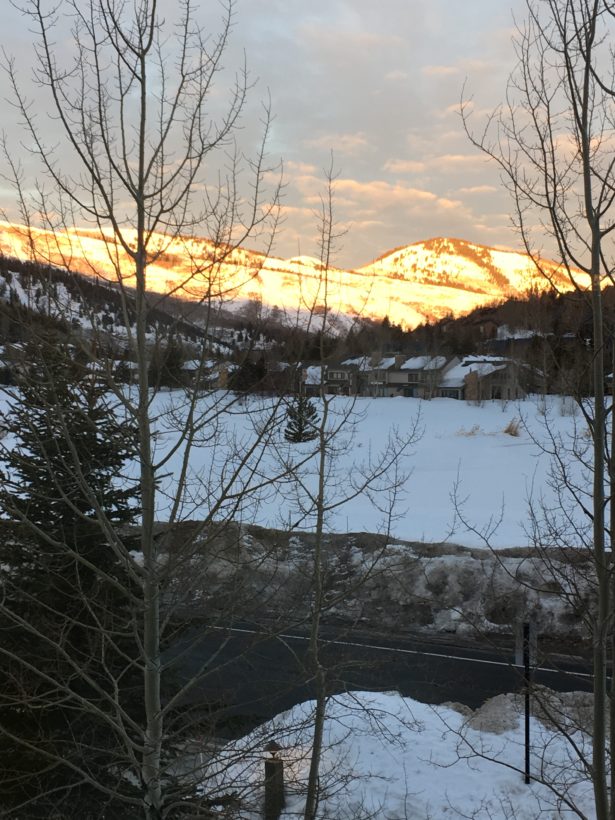 almost unfair. We drove over to Sundance, up to Solitude, down to Salt Lake City and meandered a few times on Park City’s very chic Main Street. On the mountainsides we saw four moose and several herd of elk. (In fact, traffic was stopped in both directions on I-80 for two hours one morning to “relocate” a herd of elk.) On Main Street, the restaurants were wonderful and the shopping was great. So many artisans doing so many interesting things. From June – September, you’ll find the Park Silly Sunday Market, an outdoor emporium of artists, gourmet food stands, farmers and entertainers. But even with snow on the ground, Main Street has its own special charm.
almost unfair. We drove over to Sundance, up to Solitude, down to Salt Lake City and meandered a few times on Park City’s very chic Main Street. On the mountainsides we saw four moose and several herd of elk. (In fact, traffic was stopped in both directions on I-80 for two hours one morning to “relocate” a herd of elk.) On Main Street, the restaurants were wonderful and the shopping was great. So many artisans doing so many interesting things. From June – September, you’ll find the Park Silly Sunday Market, an outdoor emporium of artists, gourmet food stands, farmers and entertainers. But even with snow on the ground, Main Street has its own special charm.
And speaking of a special kind of charm, Tim’s sister took us to the Road
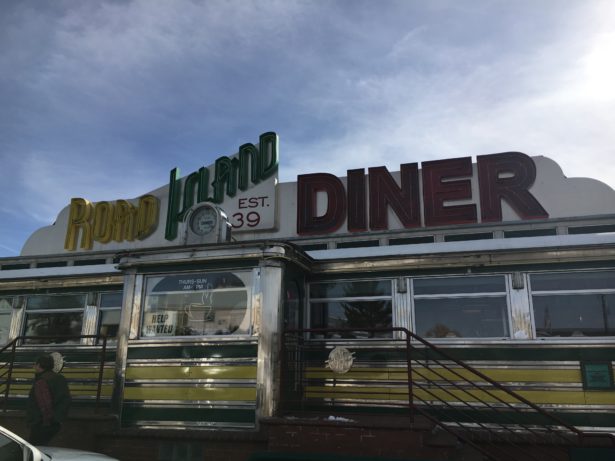
The Road Island Diner!
Island Diner — “Justly Famous Since 1939” — a classic Streamline Moderne Art Deco “diner car” restaurant located in the somewhat remote mountain city of Oakley. (His sister drives over there for the peace and quiet.) What a trip!
The original history of the place reads as follows . . .
In 1939 the nation’s leading diner manufacturer, the Jerry O’Mahony Co. of Elizabeth, New Jersey, rolled out of its factory diner number #1107 which it touted as its largest deluxe model complete with chrome glass showcased green Italian Marble countertops, Tiffany glass clerestory windows in a monitor style roof and hand laid quarry tiled flooring. The company showcased its creation in the 1939 New York World’s fair.
After the Fair, diner aficionado Al McDermott purchased the streamlined-styled Art-Deco diner and had it towed to Fall River, Mass. where it operated with great success for 14 years. His moniker was “Justly Famous Since 1939”.
Looking to serve more customers in Fall River, Al Mac purchased a larger Deraffle diner in 1953 where it still operates today.
The O’Mahony was sold that year to a Greek immigrant, Tommy Borodemus, who was looking to expand out of his 15 stool 1936 Worchester lunch wagon which he had purchased with the $600 New Deal bonus offered to WWI veterans by FDR to counteract the effects of the great depression. Borodemus had the diner moved to the nearby seaside town of Middletown, R.I and renamed it “Tommy’s Deluxe Diner”.
The Borodemus family opened the diner to much fanfare and passed down its operations for four generations. Countless memories were generated for the family and its patrons over the years. The diner was featured in many TV spots and on Charles Osgood’s CBS Sunday Morning, in 2006. With mounting competition from fast food outlets and restaurant chains, the family decided to sell the property to the Tim Horton donut chain.
A search began for a deserving home for this rare piece of Americana. Although other cities were considered, Oakley, Utah, was offered to preserve the diner’s history.
In May of 2007, the diner was transported across the country weaving its way through designated back roads complete with state police escorts and pilot cars. It arrived in Oakley in mid July and began its complete restoration. Unlike the few remaining diners still operating on the east coast, thankfully little structural and cosmetic changes had occurred over the diner’s 73- year history. Those that did were replicated from old photos. What you see now is what you would have seen in 1939 as this depression-era pre-war diner was wheeled out of the factory.
The tabletop remote jukeboxes, flat TVs and air conditioning are modern embellishments.
In honor of this icon’s legacy it was named the “Road Island Diner” because of its origin and the fact that it was placed on the island in the road.
And if you’re interested in seeing the diner’s blueprints, the history of the cross-country trip or the restoration, just ask. There are books and photos galore!
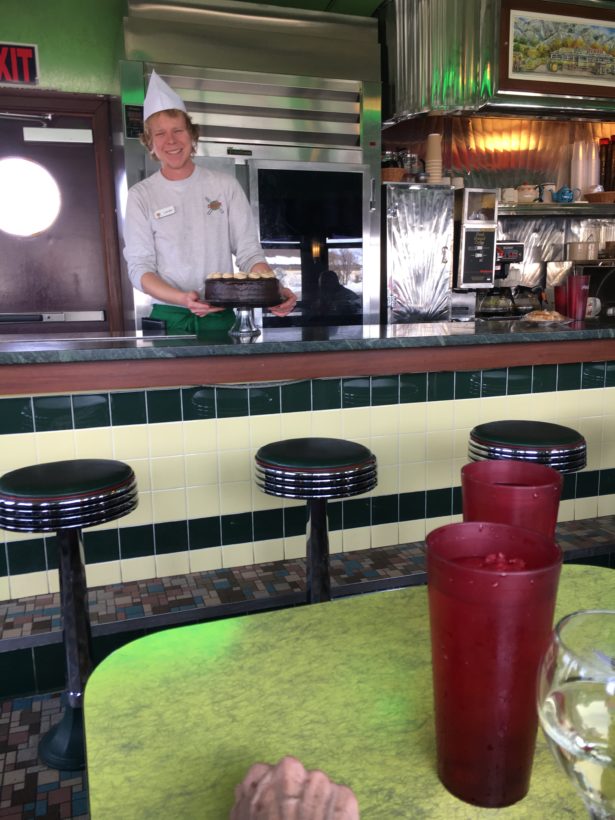
Alex
Current owner Steve Butler and his nephew Alex (our server and alone worth the price of admission) are doing a bang-up job keeping the spirit of the old place alive while offering fantastic, high-quality food (and beer and wine) to match the surroundings. I had a tasty White Tuscan Bean Salad with Homemade Pesto; Tim had an excellent Reuben; and his mom and sister both had the Bullseye Barbecue Pulled Pork Sandwich for which they are rather famous. We shared a nice bottle of Cakewalk Pinot Grigio and they presented Tim with a dessert (hearing that it was his birthday) of a warm apple cake with cinnamon ice cream and a taster of mint ice cream.
This is a destination for anyone who’s going to be in the Salt Lake – Park City area. Getting there is visually stunning, the prices are right, the food is terrific and, well, Alex and Steve are a trip and a half. Steve also owns a catering business, Kumbayah Kitchens. Need I say more?
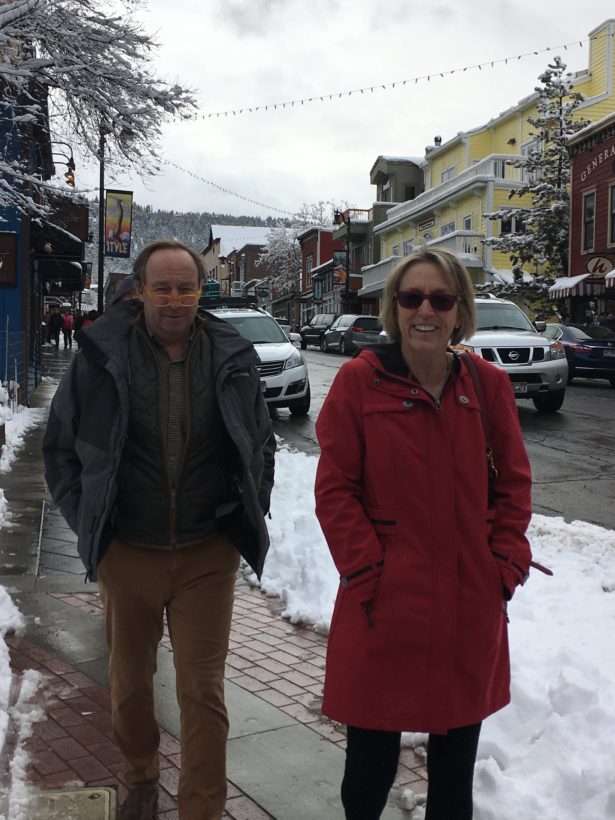
Thanks, Fi!
This is one of those places that makes you glad you’re part of this crazy human race. Take a stunning ride, have a sandwich and make some new friends.
Buon viaggio!
Linda Dini Jenkins is a card-carrying Italophile, travel planner, freelance writer, and amateur photographer. Travel is her passion, so writing about her travels just comes naturally. She hopes all her travelers find a way to express their joys, surprises, and fears as they travel and gives every traveler a nifty journal to help smooth the way. Learn more…
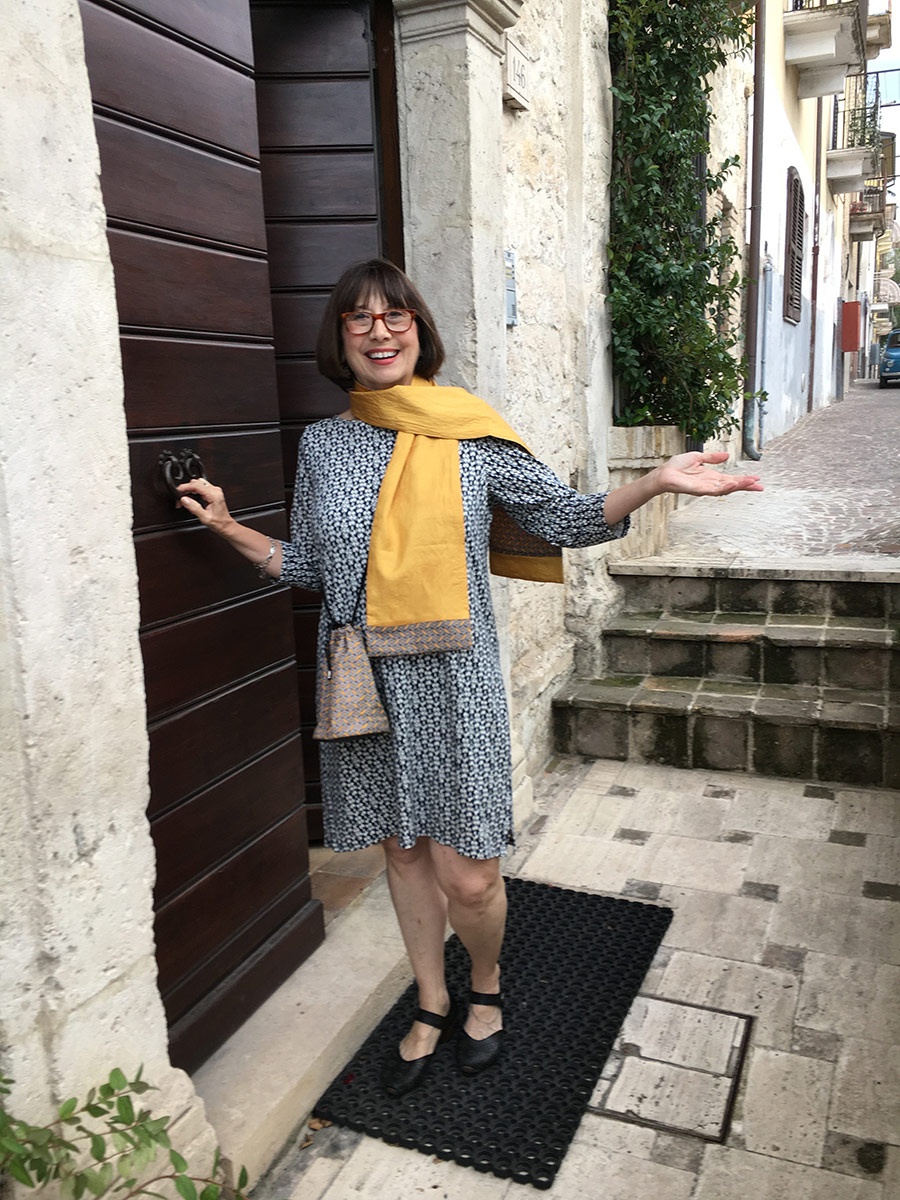
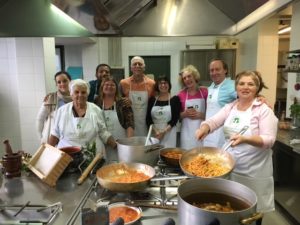

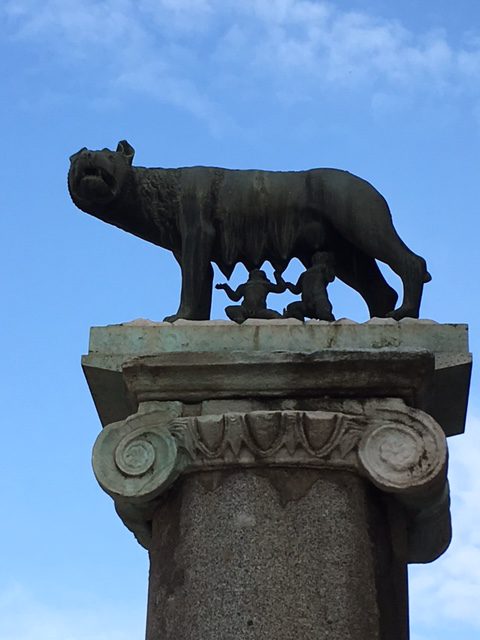
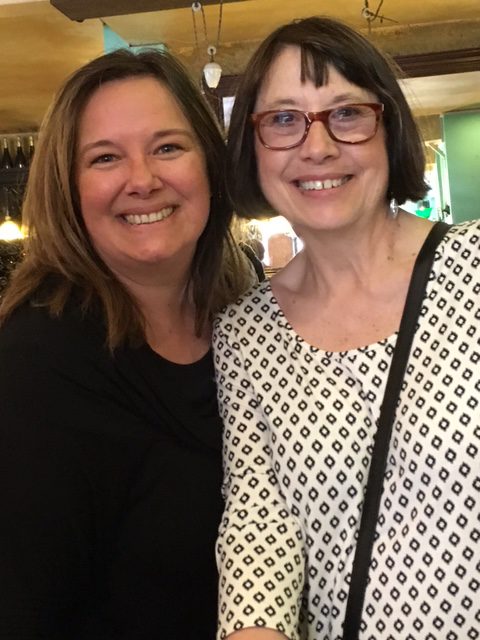
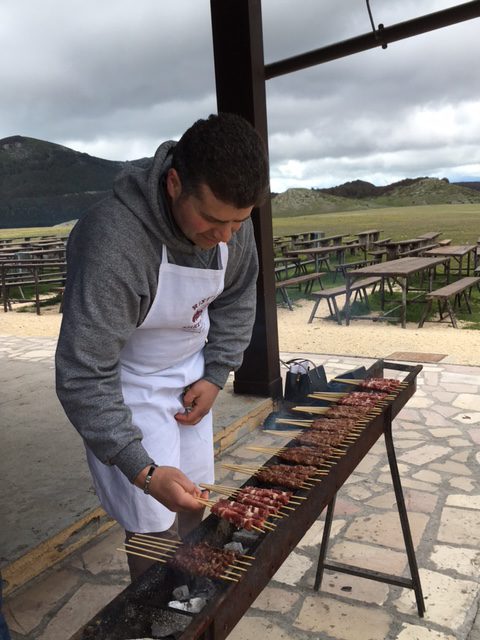


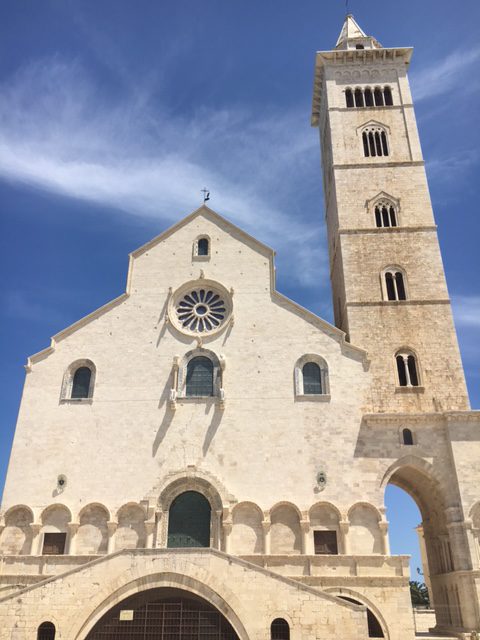
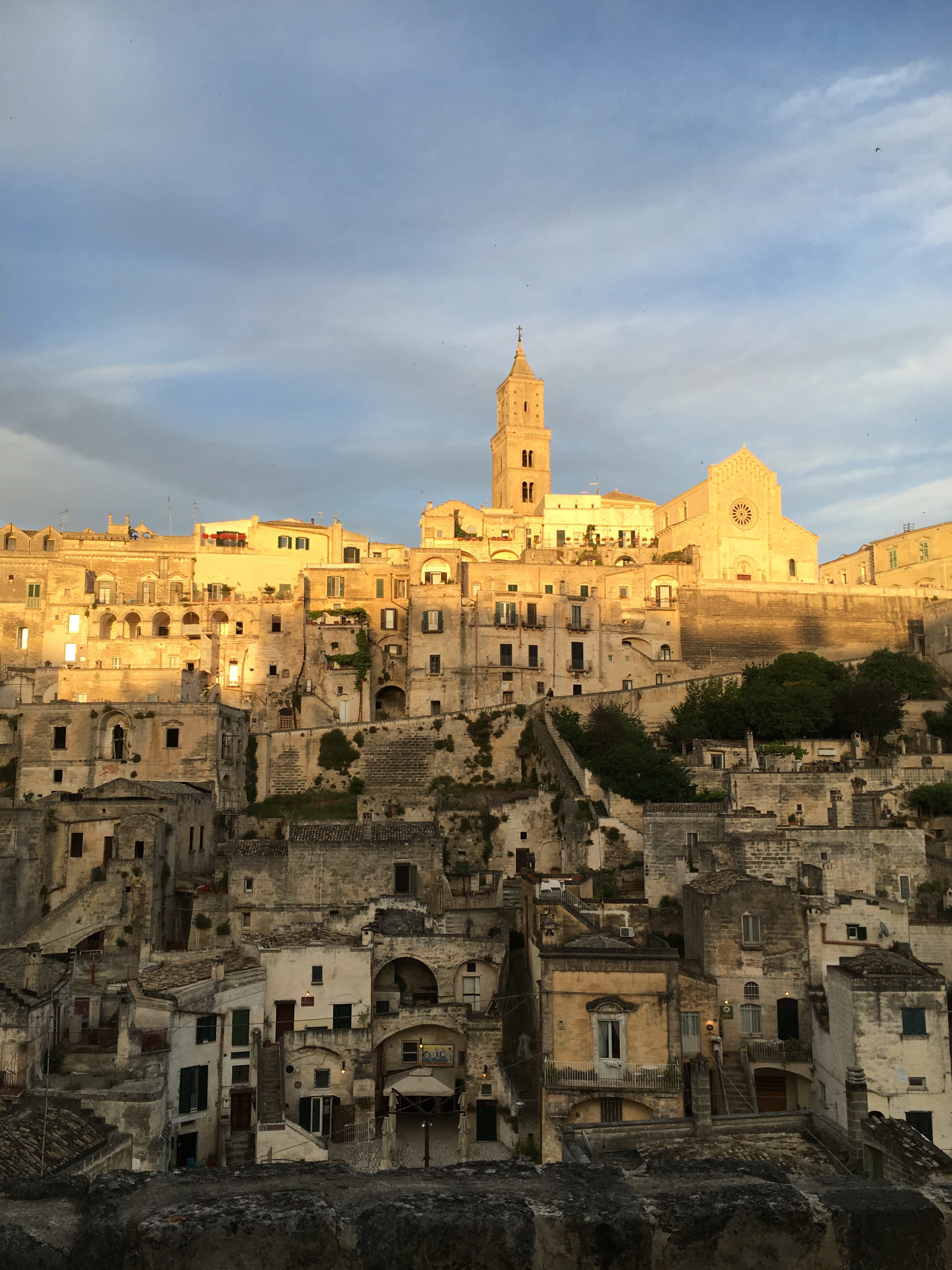



 advance, just to encourage this kind of behavior.
advance, just to encourage this kind of behavior.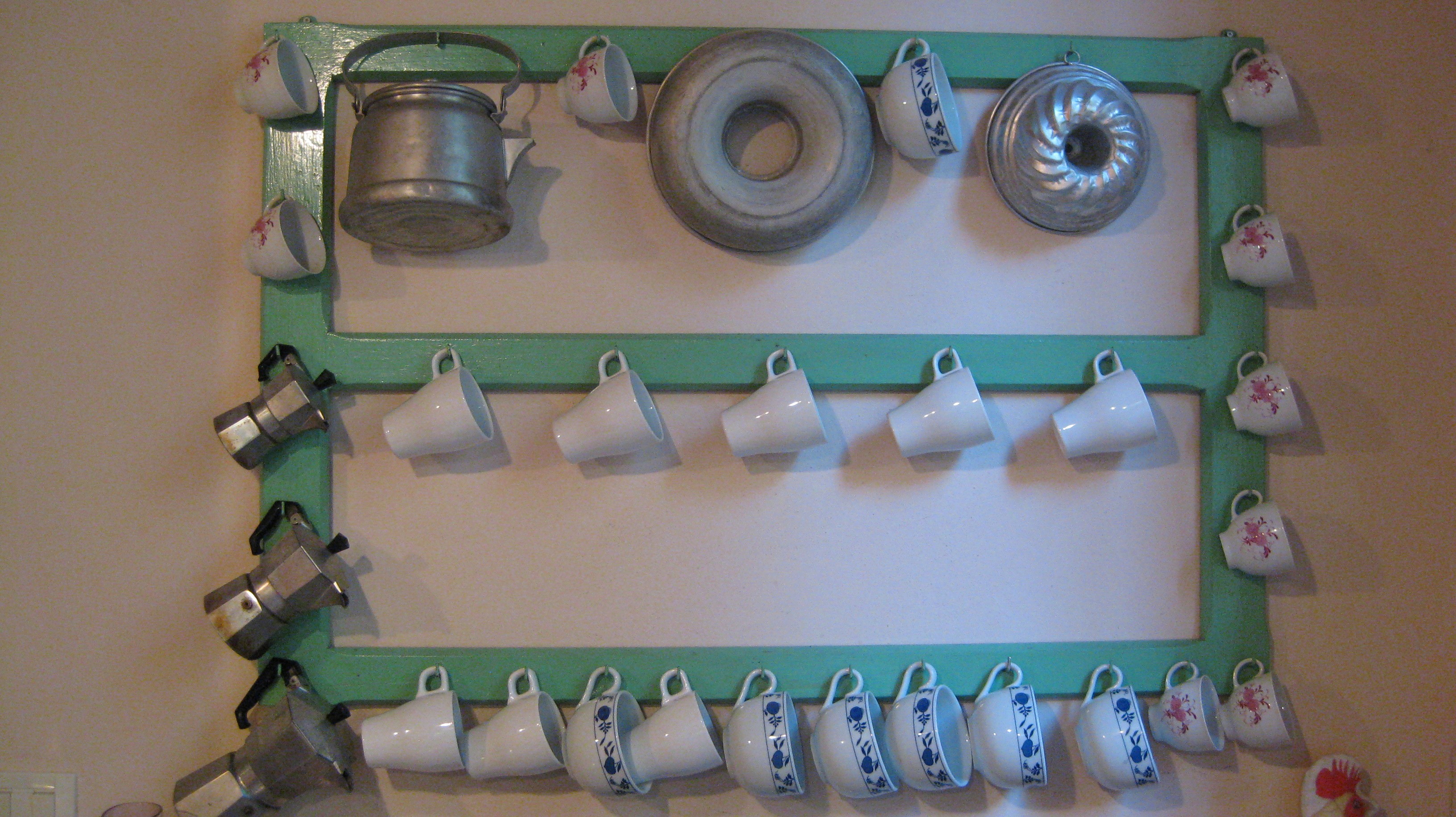 You’re on vacation: you come from somewhere, so how does where you are now differ from home? The difference could be in the language, holidays, shopping habits, meal times, color protocol, currency, ways of showing respect and so much more.
You’re on vacation: you come from somewhere, so how does where you are now differ from home? The difference could be in the language, holidays, shopping habits, meal times, color protocol, currency, ways of showing respect and so much more.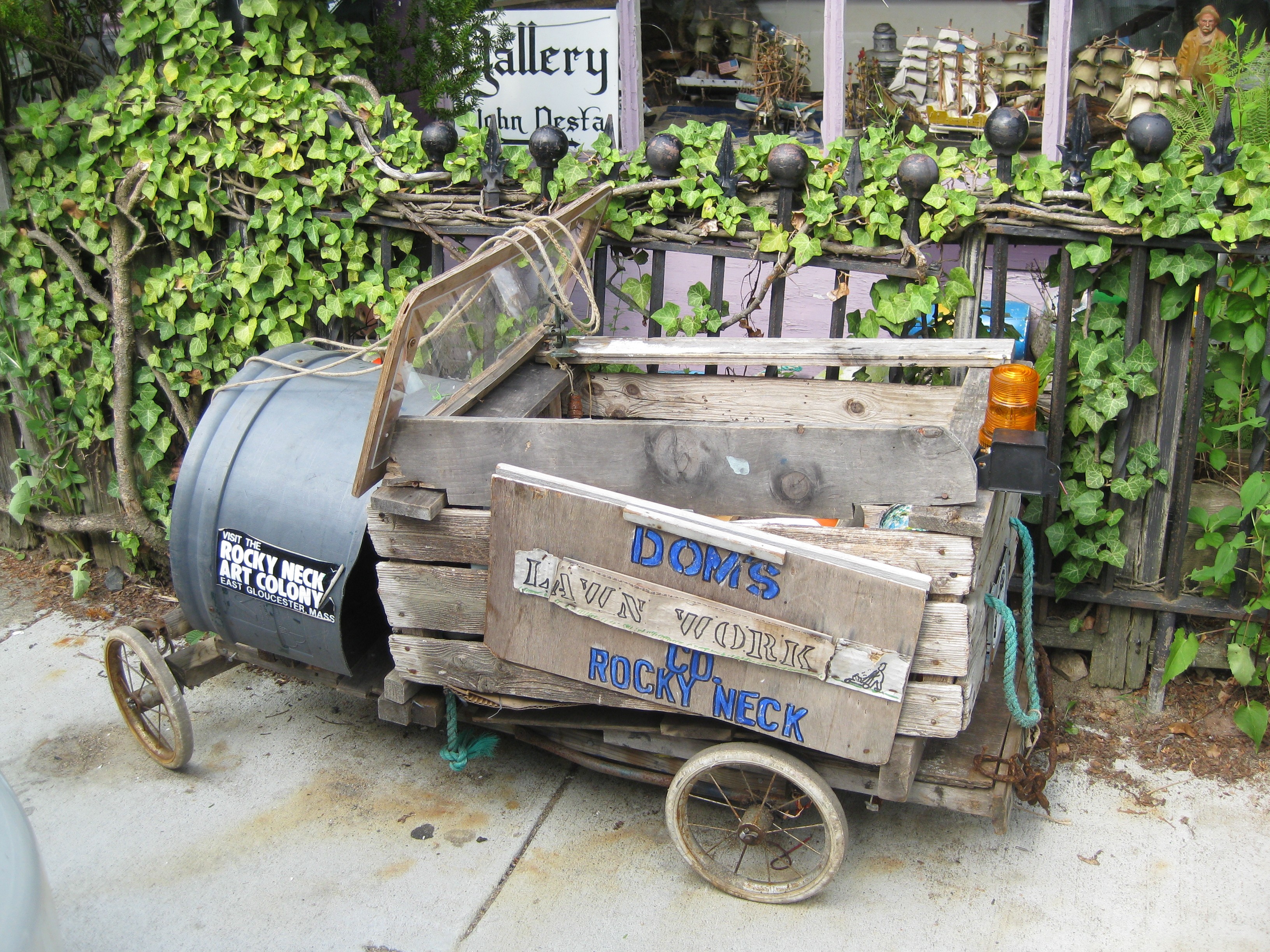
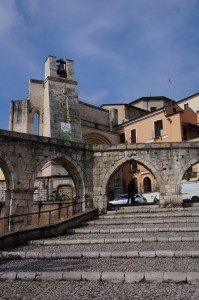 We’ll spend three nights in Sulmona for a true taste of Cucina Abruzzese, while we eat and drink from the local bounty, explore medieval hill towns and climb up to the highest point in the Apennine.
We’ll spend three nights in Sulmona for a true taste of Cucina Abruzzese, while we eat and drink from the local bounty, explore medieval hill towns and climb up to the highest point in the Apennine.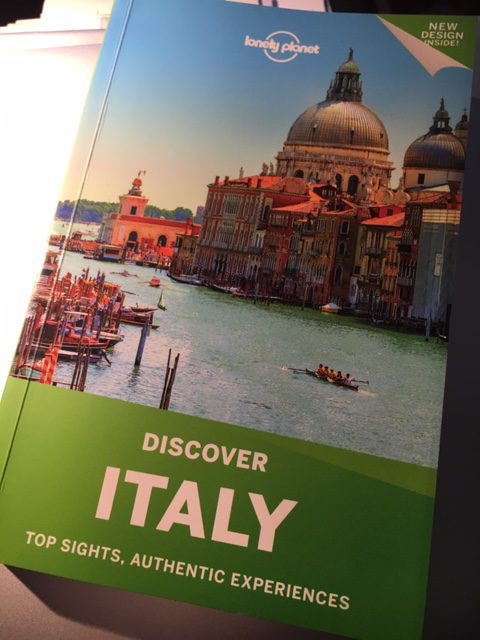
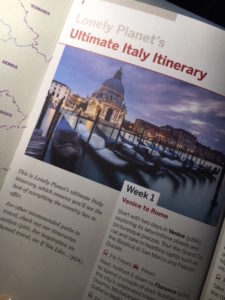
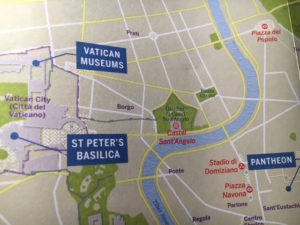 And if you need to get inspired to go to Italy, Lonely Planet offers that too, with a page of books, movies and music to get you in the mood. As if . . .
And if you need to get inspired to go to Italy, Lonely Planet offers that too, with a page of books, movies and music to get you in the mood. As if . . .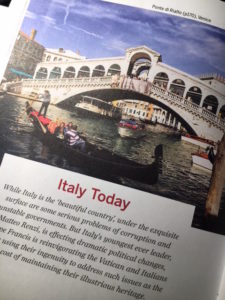 My only negative about this edition of Discover Italy? It completely left out my beloved mezzogiorno – Southern Italy. Especially Abruzzo and Puglia, which are very hot tourist destinations right now. Maybe that will change in the next edition — or maybe Lonely Planet will update its guide to the southern regions by including Abruzzo. I’ll be watching!
My only negative about this edition of Discover Italy? It completely left out my beloved mezzogiorno – Southern Italy. Especially Abruzzo and Puglia, which are very hot tourist destinations right now. Maybe that will change in the next edition — or maybe Lonely Planet will update its guide to the southern regions by including Abruzzo. I’ll be watching!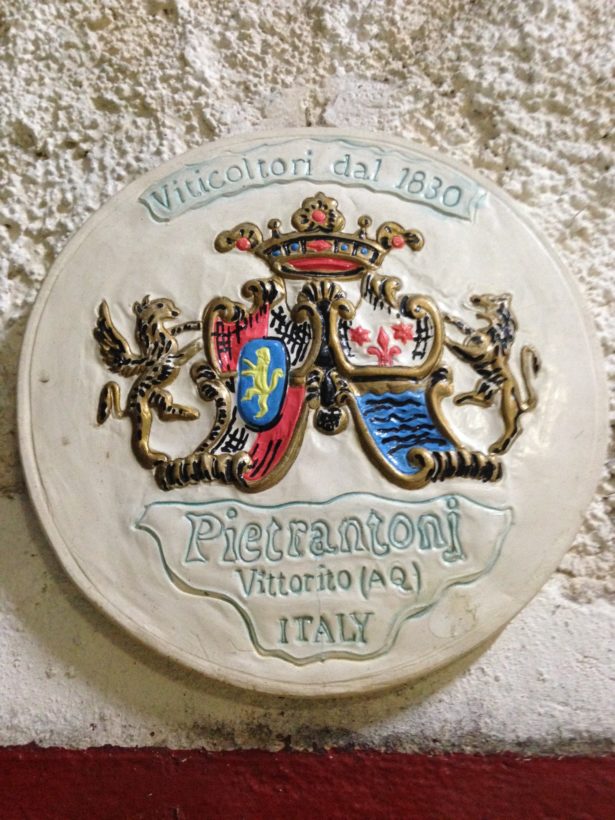
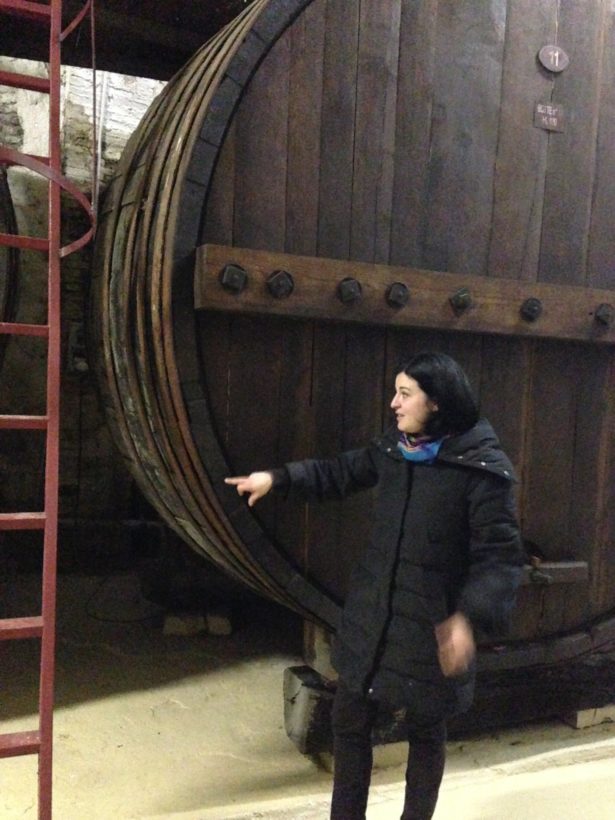 Take a tour with either of them and you’ll be charmed by the story of their family’s dedicated to maintaining the ancient wine-making methodologies while remaining on the cutting edge of their craft. Here’s how they write about themselves, being so proud of their history:
Take a tour with either of them and you’ll be charmed by the story of their family’s dedicated to maintaining the ancient wine-making methodologies while remaining on the cutting edge of their craft. Here’s how they write about themselves, being so proud of their history:
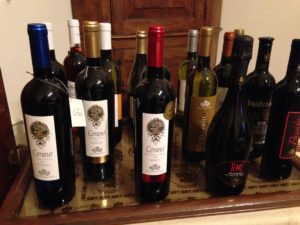
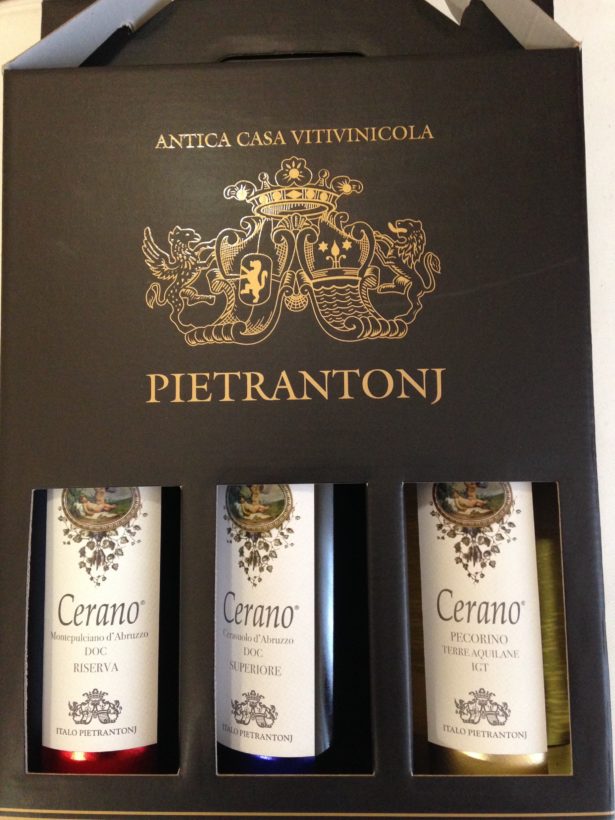

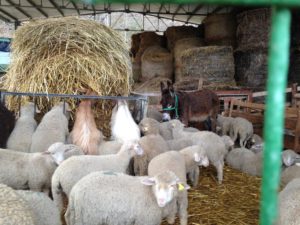
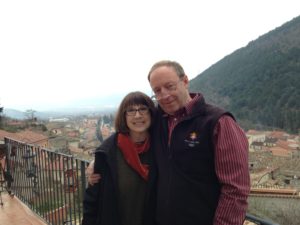
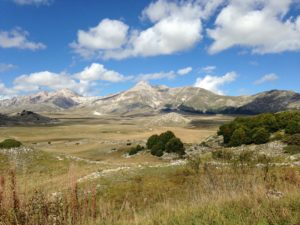

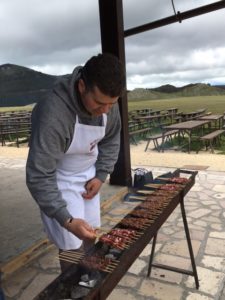 We’ve been working feverishly here to put together a food and wine-oriented tour for you — with just enough history and even a little down time — to keep you all enchanted. Of course, it’s Italy, so how could you not be enchanted?
We’ve been working feverishly here to put together a food and wine-oriented tour for you — with just enough history and even a little down time — to keep you all enchanted. Of course, it’s Italy, so how could you not be enchanted?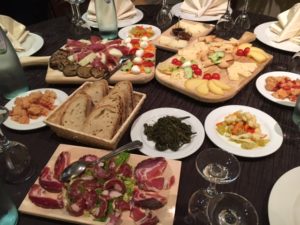 Here’s what we’ve got so far:
Here’s what we’ve got so far: . . . Plus a few other surprises if I can pull them off! What are you waiting for? Air fares are starting to drop now and it’s time to plan your fall getaway.
. . . Plus a few other surprises if I can pull them off! What are you waiting for? Air fares are starting to drop now and it’s time to plan your fall getaway.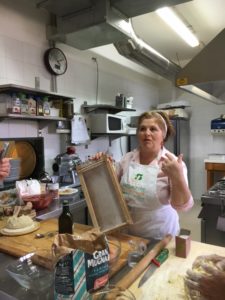 please contact me soon or you’ll have to wait until next year!
please contact me soon or you’ll have to wait until next year!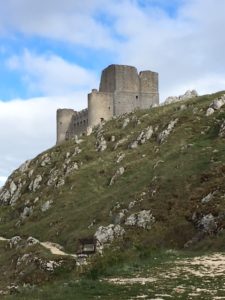
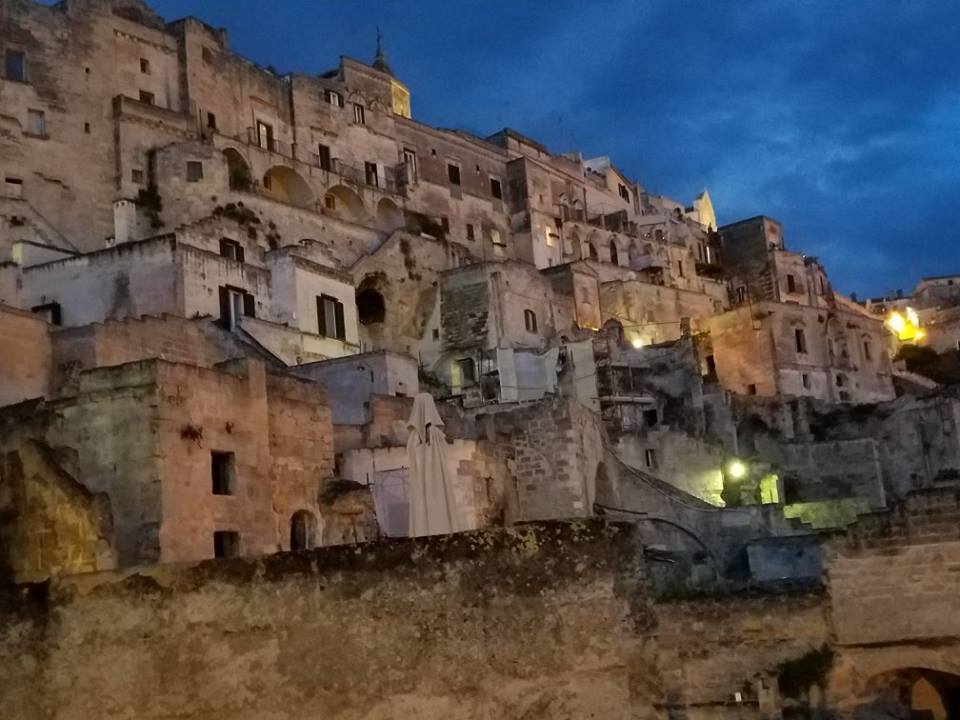
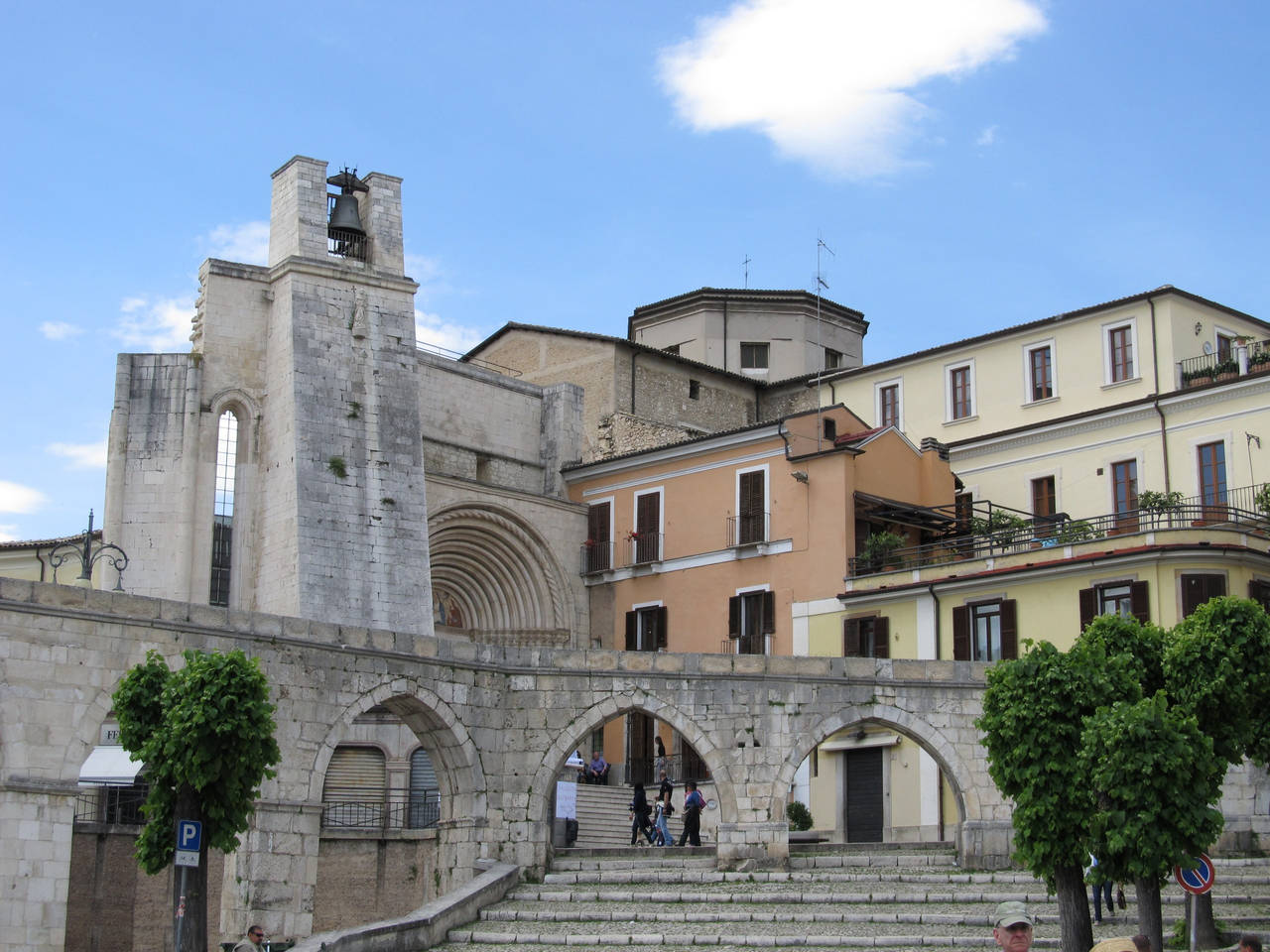

Recent Comments